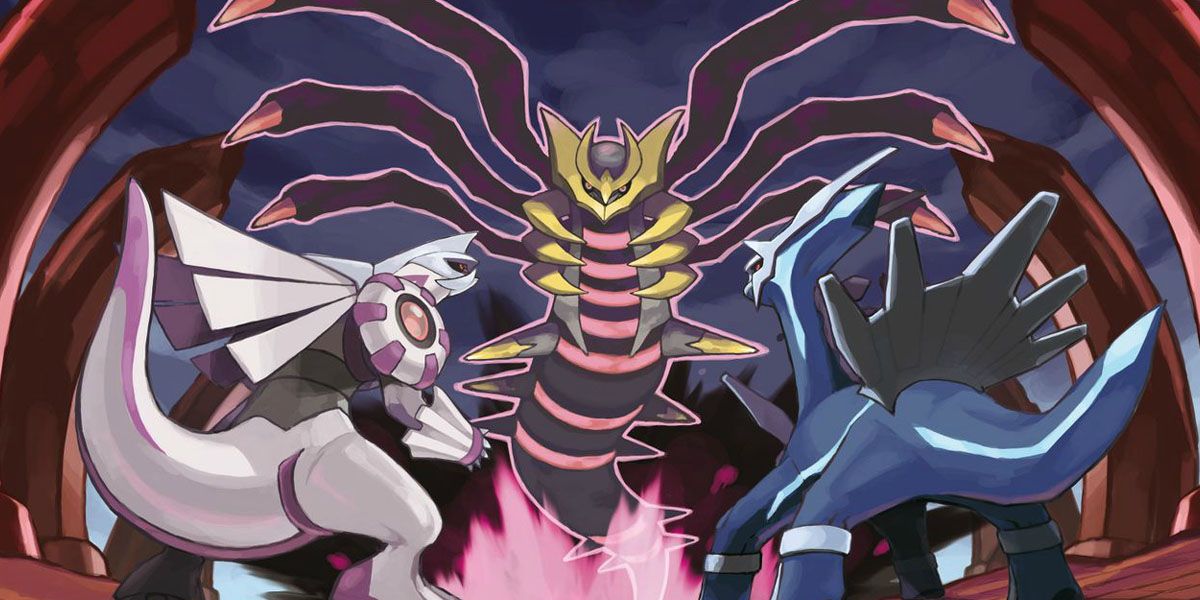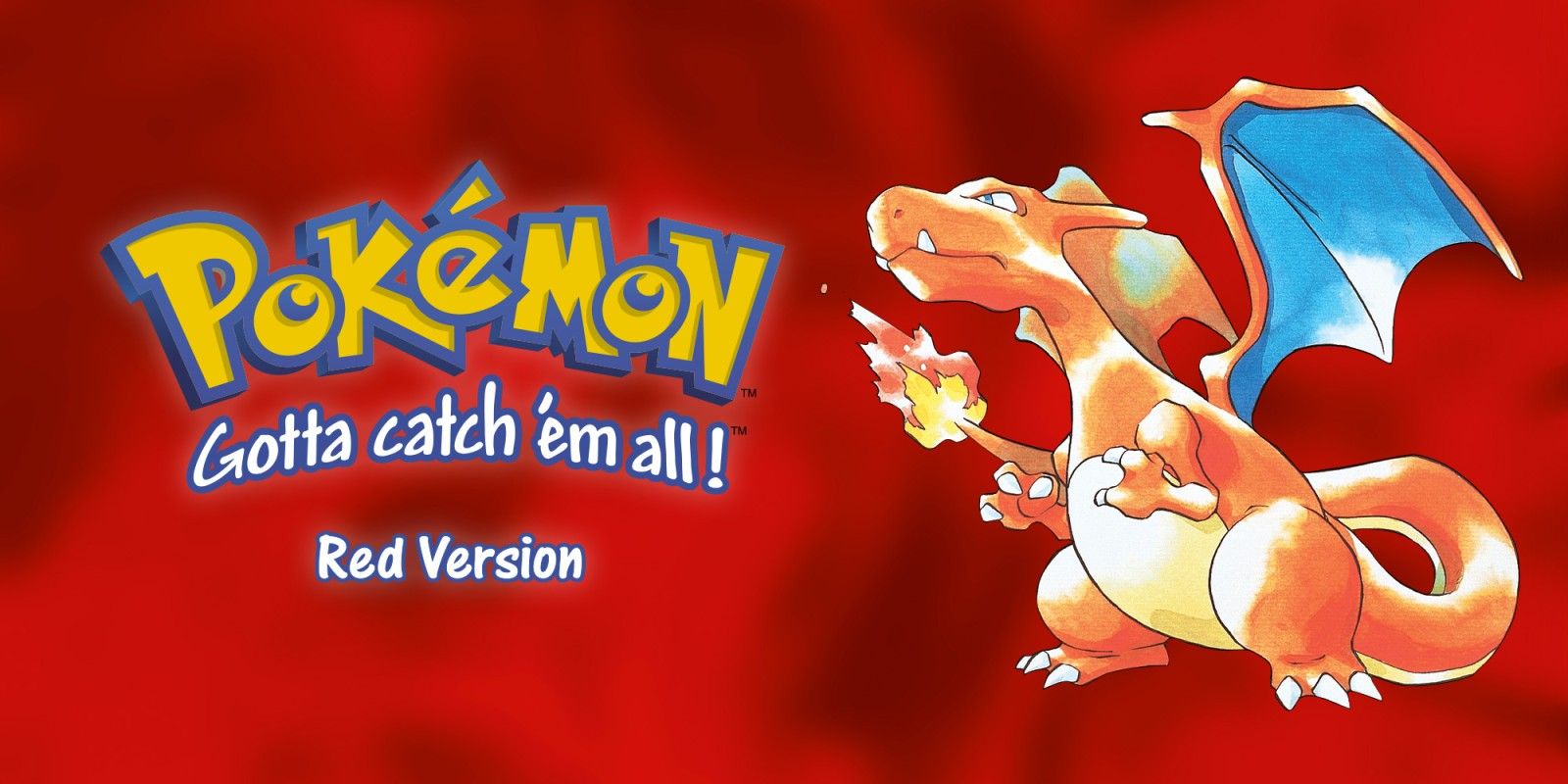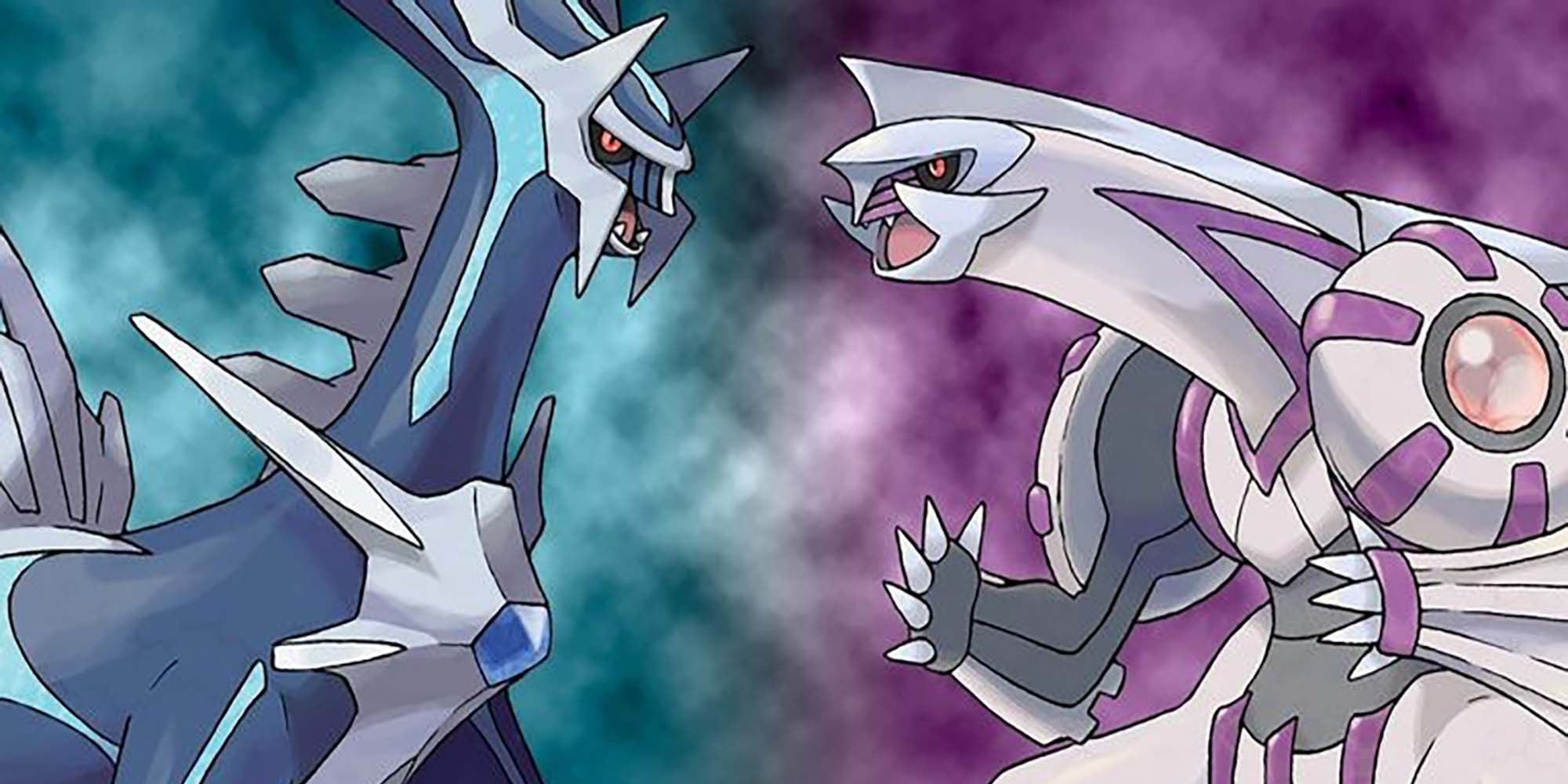When Pokémon took the world by storm in the '90s, it did so with several tenets. The game focused on its mantra of "gotta catch 'em all," but the idea of team building and completing the Pokédex remained a central concept. Players were encouraged to choose favorites, and Pokémon were marketed on an individual basis because of this fact.
While some creatures have always been statistically superior to others, players have always been encouraged to play to individual Pokémon's strengths and make them the best they can be. It may be surprising to learn for newer fans then that some Pokémon were utterly incapable of utilizing their strengths effectively for the first decade of the series.
When the first generation of games launched, Pokémon each had individual statistics for both Attack and Special (Which would quickly be split into Special Attack and Special Defense come generation two.) Pokémon would use either of these two statistics to help calculate the damage of outgoing attacks, with some creatures favoring physical attacks while others excel in special ones. Each of the game's types was assigned to either physical or special attack types - physically attacking types included Normal, Fighting, Flying, Ground, Rock, Bug, Ghost, Poison and the later addition of Steel, whereas types designated as special were Water, Grass, Fire, Ice, Electric, Psychic, Dragon and generation two's Dark.
These designations left zero wiggle room. For example, every single Electric attack, including ones like Thunderpunch that would surely make contact, was Special, and every Ghost attack, including ones like Shadow Ball that involve creating and firing energy, was physical. What this translated to was a large number of Pokémon effectively incapable of playing to their strengths. Gyarados boasts an impressive 125 Attack stat, but as all Water-types were special moves, it had no way of properly leveraging its STAB (Same Type Attack Bonus) and its dominant attacking stat.
This would remain the norm for the first three generations - even as subsequent games would introduce many new creatures that suffer the same issue. One of the most talked-about examples is Johto's Sneasel, a Pokémon with solid attack and speed that should have been a decent sweeper that found itself almost unusable due to both of its typings, Dark and Ice, being special attacking ones.
Everything would change with the mainline game's jump to the Nintendo DS. The fourth generation of Pokémon introduced the Physical/Special Split, which revolutionized the way players battled. No longer would individual moves be assigned a physical or special based on typings, but rather individual circumstances. For example, Electric moves like Thunderbolt would still function as a special attack, but Thunderpunch was finally a physical move. The sheer impact of this split cannot be understated.
Finally, Pokémon like Gyarados had some physical water attacks to utilize its great attack stat, Sneasel went from borderline useless to a credible threat - even gaining a new evolution as if to apologize for how hard done by the sickle weasel was. Nowadays, very few creatures suffer from this age-old issue and the ones that still do just need moveset updates to meet their potential.
Newer titles feature many ways to make the most of a Pokémon's strength, and fans have the fourth generation to thank for it. As far as quality of life updates go, the Physical/Special Split was the single most influential and important the series has ever seen. It can be genuinely difficult to go back and play titles before the split occurred. So many fantastic Pokémon are just flat-out unusable in those older titles, which just serves as a testament to the necessity of the Physical/Special Split.



